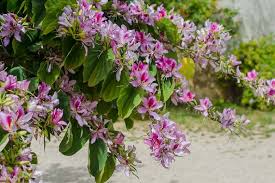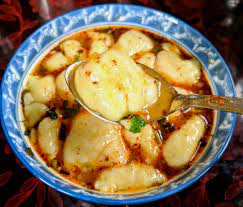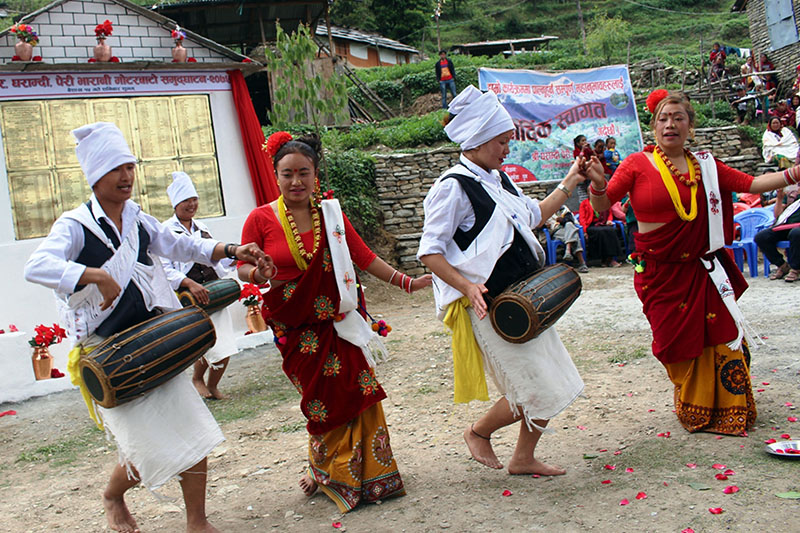Share this Article
Melapat, a term deeply rooted in the agricultural heritage of Nepal, signifies more than just the fields where crops are cultivated. It embodies a spirit of community, cooperation, and cultural exchange among farmers. Traditionally, melapat was a system where farmers helped each other with their agricultural tasks, fostering a sense of togetherness and mutual support.
The Traditional Melapat System
In the past, the melapat system operated on an exchange basis. If a farmer worked on a neighbor's field, that neighbor would reciprocate by working on the farmer's land in turn. This reciprocal arrangement allowed communities to manage large agricultural tasks efficiently, from planting to harvesting. The calendar was meticulously scheduled, with farmers coordinating their efforts to ensure that everyone had enough help when needed.
During these collaborative days, the host family would prepare hearty meals and snacks for the laborers, emphasizing the importance of sharing and hospitality. The aroma of freshly cooked meals wafting through the fields became synonymous with hard work and camaraderie. Common snacks included bhuteko makai (roasted corn) and mohi (buttermilk), often enjoyed during breaks in the shade of trees, fostering a sense of community and togetherness.
The Impact of Migration on Melapat
However, the traditional melapat system has seen significant changes over the years, primarily due to urban migration. As many young people leave their villages in search of better opportunities in cities, the once-thriving community of farmers has dwindled. This migration has altered the dynamics of agricultural work, leading to the rise of daily wage laborers who often come from economically disadvantaged backgrounds.
In today’s context, melapat often involves hiring these daily wage workers instead of the reciprocal arrangements that once defined it. While this system provides opportunities for those who need work, it lacks the communal spirit that characterized traditional melapat. The bonds forged through mutual assistance have diminished, replaced by a more transactional relationship between landowners and laborers.
The Future of Melapat
Despite the challenges faced by traditional melapat, its essence can still be felt in many rural communities. The values of cooperation and community support remain significant, and there are efforts to revive these traditions in various forms. Events that bring farmers together for communal planting or harvesting still occur, emphasizing the importance of collaboration and solidarity.
Moreover, as awareness grows regarding the cultural and social significance of melapat, there is hope for a revival of these traditions. Communities are beginning to recognize the value of returning to these cooperative practices, reinforcing the bonds that hold them together.
Conclusion
Melapat is not just about agriculture; it’s a reflection of Nepalese culture, community, and resilience. As the landscape of agriculture continues to evolve, so does the spirit of melapat. While challenges remain, the essence of cooperation and mutual support can pave the way for a brighter future, keeping the rich traditions alive for generations to come.
Categories:
Culture & Traditions
,
History & Heritage
,
Lifestyle & Local Life
Tags:
tradition







